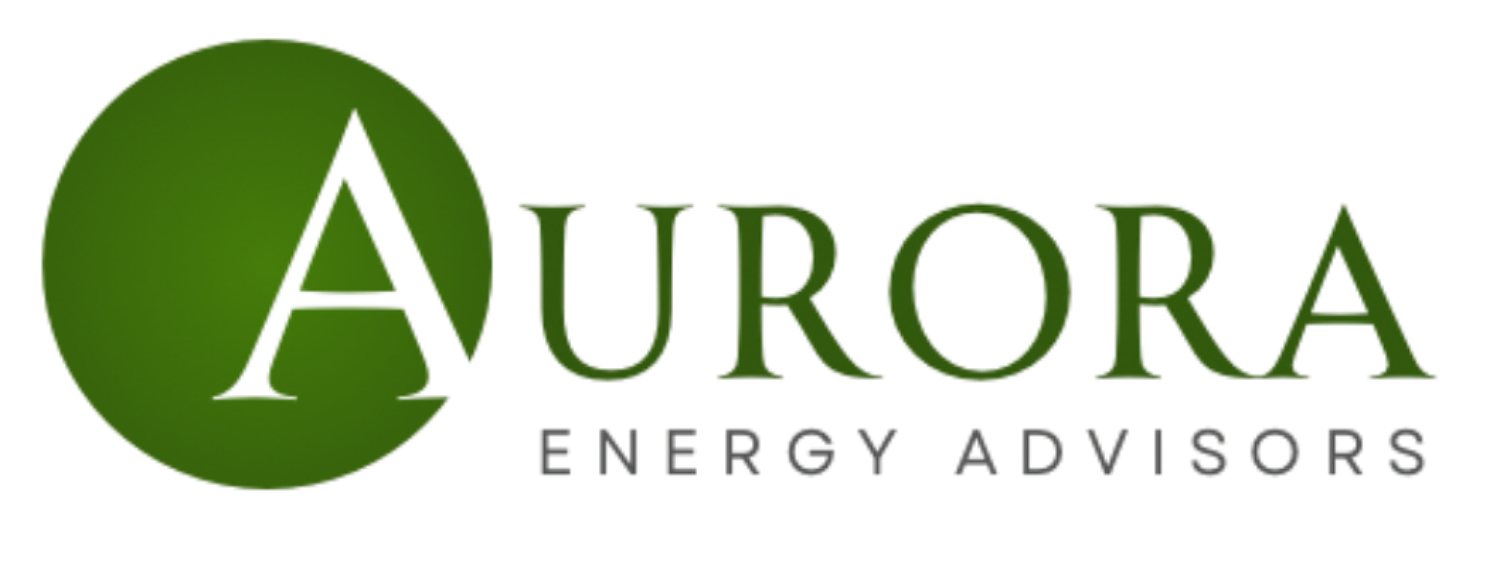Deep Dive Into LL97 Article 321 Pathway
Last month, we broadly taught you about the various local energy laws requiring immediate action to ensure compliance by upcoming deadlines. However, as you can imagine, these laws are not so simple that they can be explained in just a few sentences each. So, let’s dive in a little deeper about Article 321 of Local Law 97 (“LL97”), which applies to 9,000 buildings across New York City, or approximately one-third of all buildings required to comply with LL97. Compliance is due by the end of this calendar year, so the time to act is now.
Buildings subject to Article 321 have been granted a lifeline in the form of an alternative compliance pathway. Rather than being subject to annual fines for exceeding carbon emissions limits, this group can remain in compliance in perpetuity by completing 13 applicable Prescriptive Energy Conservation Measures (“PECMs”) by the end of 2024.
To qualify, a building must meet any of the following criteria:
(i) greater than 35% of units are subject to rent regulation,
(ii) is an HDFC co-op,
(iii) has at least one unit participating in a federal project-based housing program, or
(iv) participates in NYCHA PACT.
These 13 measures primarily focus on the building’s heating system. Examples encompass installing radiator temperature controls, adjusting temperature set points, repairing nonfunctional steam traps, and incorporating indoor/outdoor temperature sensors. The applicability of certain measures depends on your building's heating system configuration. Additional measures entail LED upgrades in common areas, pipe insulation, and weatherization. Some of this work might already be completed, particularly if LL87 retro-commissioning was undertaken recently. While several measures represent “low-hanging fruit” that the building’s super can easily handle, others may necessitate outside vendors or exceed the bandwidth of in-house maintenance staff. A silver lining here is that once each measure is implemented, it will most likely result in reduced energy consumption and utility costs.
Once you have identified that your property meets the eligibility criteria for this compliance pathway, the best first step is to hire an engineer familiar with the law to audit your building. This audit will outline which PECMs are done and which are not, providing a clearer path of what work still remains.
After these PECMs are completed, the final step is for a qualified retro-commissioning agent to submit a one-time report to the city attesting and documenting compliance. While the PECMs must be done by the end of 2024, this certifying report is due by May 1, 2025.
So what happens if you do not comply in time? Buildings will be fined $10,000 if they fail to submit the required report and another $10,000 if they cannot prove compliance. You may request a mediated resolution with the city to avoid the fines and be granted additional time, but you must submit your 2024 LL84 benchmarking data and a plan to promptly bring the property into compliance with Article 321. While still unknown, it is reasonable to expect the city will offer a more favorable resolution if the building can prove best efforts were made to meet the 2024 deadline, so time is of the essence to get started.
Depending on your building’s situation, all of the above may be quite an undertaking and time-consuming process to complete in only 9 months. For others who have already completed many or all of the PECMs, it may not. But if you’re like most of the 9,000 Article 321 buildings, you fall into the former category. If you manage a portfolio of affordable buildings, it may feel even more daunting.
Aurora Solutions is here to navigate you through the labyrinth of LL97 and make sure you only perform and pay for the work necessary for your building’s unique circumstances. We have partnered with best-in-class engineering firms and vendors who can act as a “one-stop shop,” performing the audit, completing the measures, and finally filing the one-time report with the city. The number of firms capable of handling this work is naturally limited and schedules are filling up. The time to act is now.
Market Analysis
Electricity
In the past month, NYISO Zone J saw prices fluctuate between $0.02 to $0.05 per kWh, aided by remarkably low natural gas rates, the primary input in the state's electricity generation infrastructure. The mild winter extended into March, with temperatures occasionally hitting 70 degrees. Should this unseasonable warmth persist into early spring, demand for electricity for cooling purposes in buildings may escalate prematurely, potentially impacting pricing conditions.
Natural Gas
The natural gas market witnessed moderate volatility driven by a multitude of factors. Initially, prices surged due to concerns over supply constraints amidst colder-than-average weather forecasts across major consuming regions. However, this bullish sentiment was quickly tempered by warmer temperatures and increased production levels, leading to a subsequent decline in prices. Despite the fluctuations, NYMEX traded between $1.60 and $1.95, the cheapest monthly range in four years.
Crude Oil
Following a rebound in February, crude oil jumped again in March by about 4%. Supply constraints have arisen from reduced exports from Iraq and Saudi Arabia, alongside decreased refining capacity in Russia resulting from Ukrainian attacks on energy infrastructure. Additionally, indications of heightened demand and economic expansion in both China and the U.S. have emerged.
💡 Mitchell’s Tip: Plan ahead — schedules for LL97 compliance work are filling quickly.
